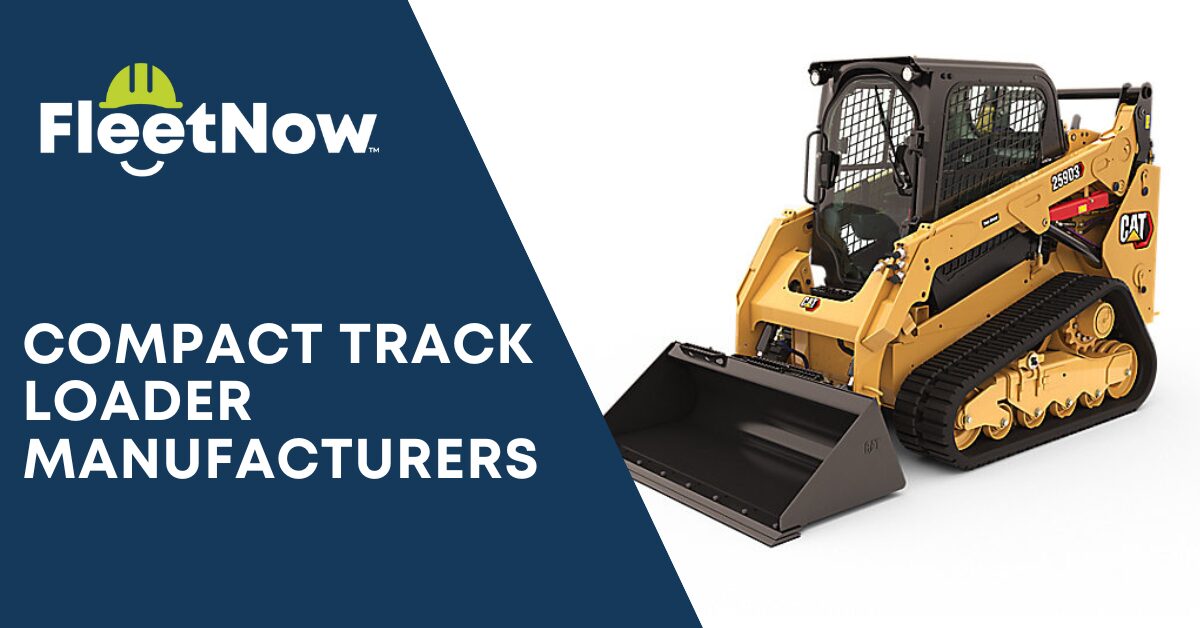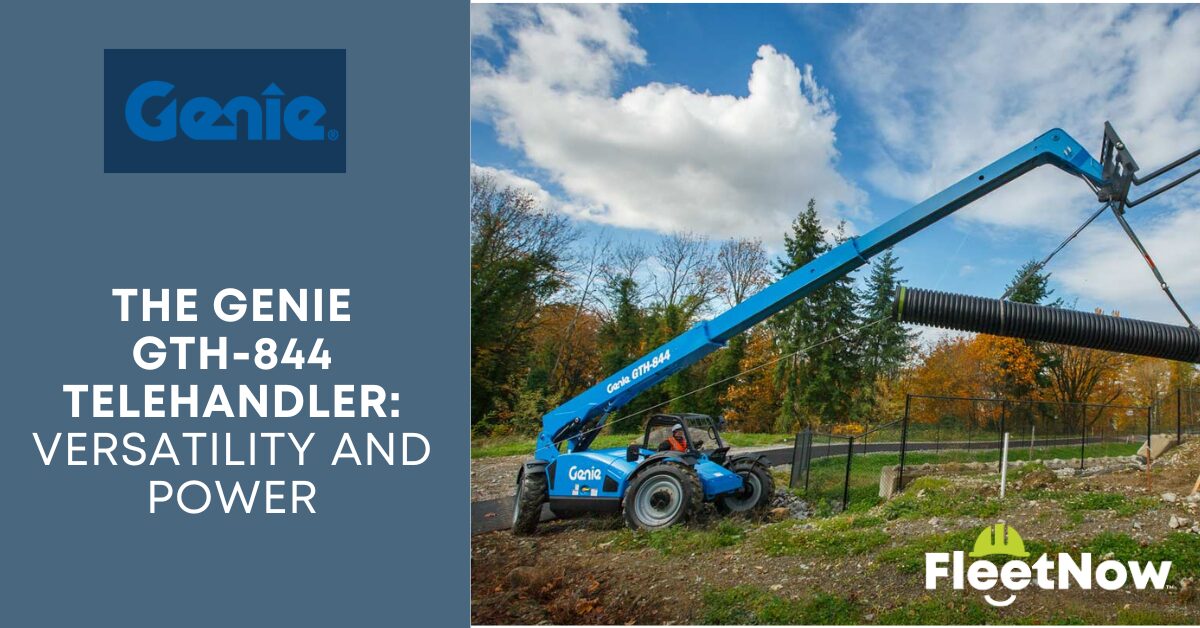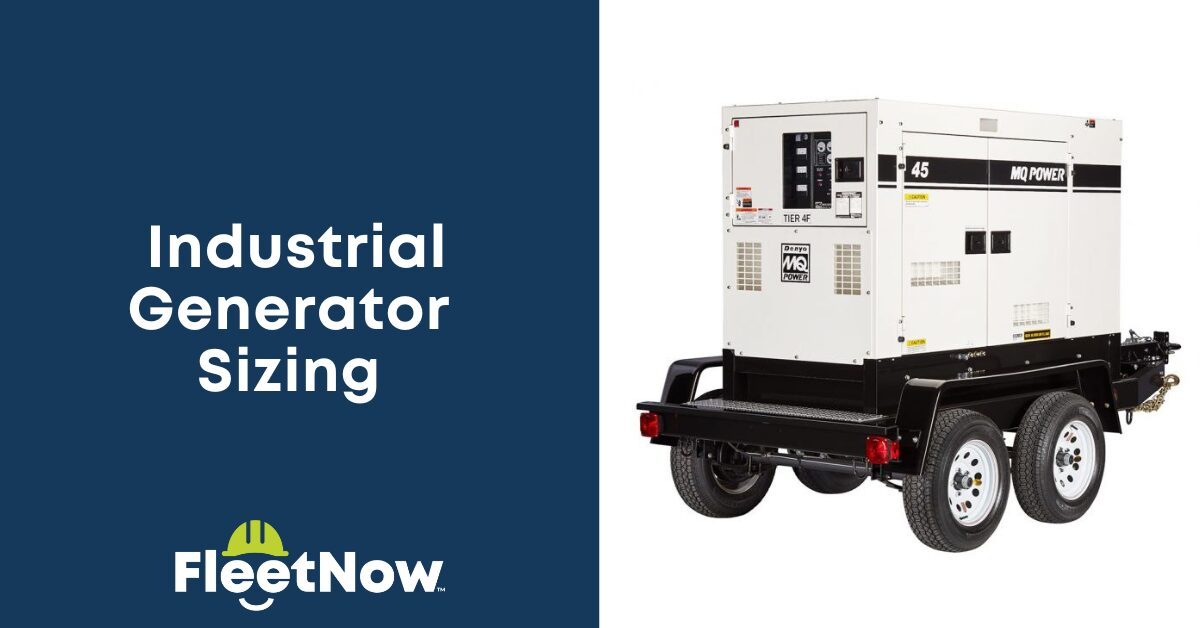What Size Mini Excavator Do I Need?
Choosing the right mini excavator for your job is crucial for maximizing efficiency, saving time, and reducing operating costs. Mini excavators have become a go-to machine for contractors, landscapers, and DIY enthusiasts alike due to their compact size and versatility. But with so many options on the market, how do you determine the right size for your project?
1. Understand Your Project Scope
The first step in choosing the right mini excavator is to fully understand the scope of your project. Ask yourself:
- What kind of material will you be digging or moving (soil, clay, gravel, etc.)?
- How deep do you need to dig?
- Is the work in a confined space?
- Will you be working indoors or outdoors?
For smaller residential or landscaping projects, such as digging trenches for irrigation or planting trees, a 1-2 ton mini excavator may suffice. However, for larger construction tasks like foundation digging or heavy material moving, you’ll need something more robust, possibly in the 3-5 ton range.
2. Digging Depth & Reach
Each mini excavator model comes with specific specifications for maximum digging depth and reach. A standard mini excavator can dig to a depth of around 6-10 feet. If your project requires deeper digging, you’ll want to opt for a machine that can handle a greater depth.
For example:
1-2 ton mini excavators typically offer a maximum digging depth of around 5-7 feet.
3-4 ton models can dig up to 10 feet, making them more suitable for deeper residential or light commercial projects.
5-6 ton models offer even deeper reach, often exceeding 12 feet, perfect for larger excavation jobs or commercial construction sites.
3. Consider the Working Space
One of the key advantages of mini excavators is their ability to work in tight spaces. For jobs in urban areas, small backyards, or inside buildings, you’ll need to pay attention to the excavator’s width and tail swing.
- Zero Tail Swing models are perfect for confined spaces, as they can rotate without the back end of the machine extending beyond the tracks, minimizing the risk of accidental collisions.
- Reduced Tail Swing models offer a little more power and stability but are still compact enough for tight spaces.
If space is a major constraint, consider a model with a retractable undercarriage, allowing you to reduce the machine’s width when necessary.
4. Lift Capacity & Power
Lift capacity is another important factor to consider, especially if you plan to use the mini excavator for more than just digging. Look at how much weight the excavator can lift at different points in its reach.
For example, a small 1-ton mini excavator may have a maximum lift capacity of around 500-1,000 lbs, while a 5-ton model can lift more than 4,000 lbs. If your project involves lifting heavy loads, such as concrete slabs or large rocks, you’ll need a machine with higher lift capacity and hydraulic power.
5. Attachments & Versatility
Think about whether you’ll need attachments like augers, hydraulic breakers, or grapples. Heavier models (3 tons and up) generally support a wider range of attachments, making them more versatile. However, if your job is more straightforward, such as trenching or light digging, you may not need all the bells and whistles a larger machine provides.
6. Transport & Accessibility
The ability to easily transport the excavator to and from job sites is often overlooked. Smaller excavators (1-2 tons) are typically light enough to be towed with a standard truck and trailer. However, as you move up in size, you’ll need to ensure you have the proper equipment to transport the machine safely and legally.
Additionally, be sure the excavator you choose can easily access your job site. If there are narrow gates, tight corners, or height restrictions, you’ll want to make sure the machine’s dimensions fit.
Finding the Right Balance
Choosing the right mini excavator size is all about finding the balance between power, reach, and maneuverability for your specific project.
Small Projects (yard work, light trenching): 1-2 ton excavators
Medium Projects (pipe laying, drainage): 3-4 ton excavators
Large Projects (small-scale construction, deep excavation): 5-6 ton excavators
By taking the time to assess your project needs, you’ll be able to find the perfect mini excavator to help you get the job done efficiently. Ready to find the right fit for your next project? Browse our mini excavators for sale and get started today!







